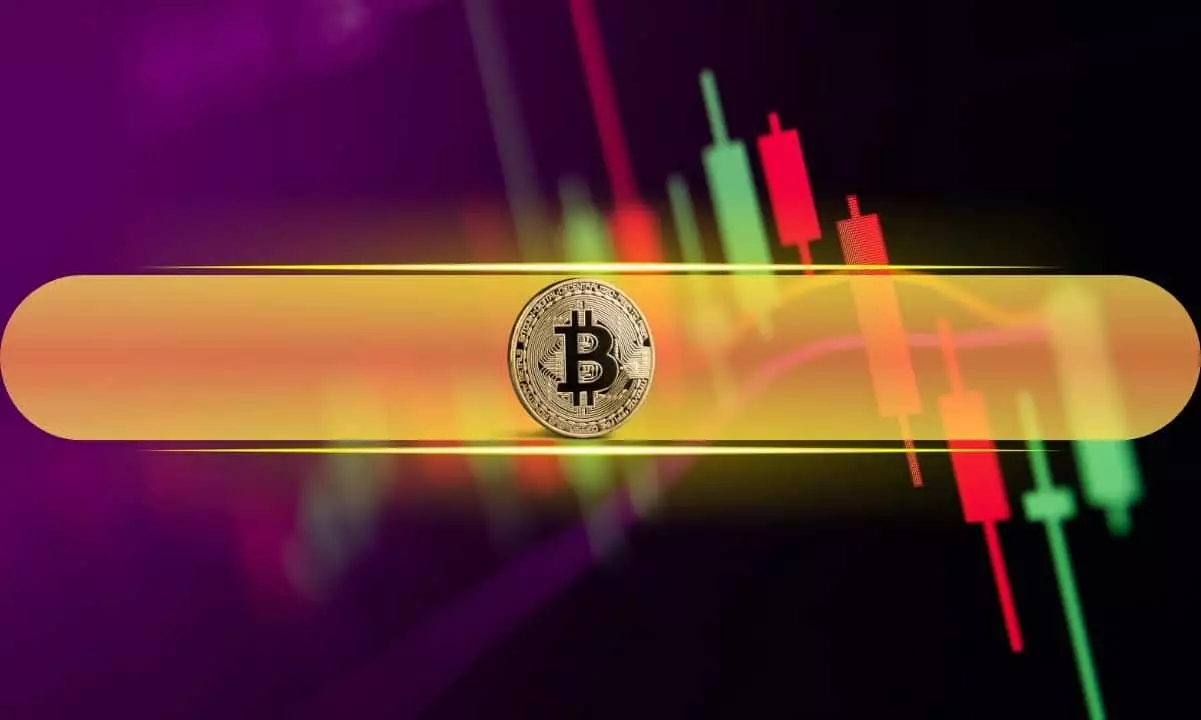The recent rally in Bitcoin’s price, nearing the formidable $110,000 mark, is not merely another fleeting market movement—it’s a testament to the cryptocurrency’s enduring resilience amid a complex financial environment. While some skeptics dismiss rapid price increases as speculative excess, one cannot ignore the fact that Bitcoin’s ascent reflects a robust underlying demand driven by institutional interest and potential regulatory clarity. The fact that Bitcoin is within a couple of percentage points of its all-time high suggests that investors are increasingly viewing it as a safe haven amidst geopolitical tensions and currency devaluations. Yet, this optimism must be tempered with skepticism. Market rallies often tempt investors into overconfidence, which could lead to unhealthy bubbles if fundamentals don’t keep pace with prices. The historical trajectory, with Bitcoin surging over 161,000% since its nadir 12 years ago, frames this moment as an inflection point—either a long-awaited breakout or a final gasp before correction.
Regulatory Developments: Catalyst or Chamber of Uncertainty?
While the market breathes a sigh of relief at the passing of the “One Big, Beautiful Bill” in the U.S. Congress, the implications remain nuanced. The legislation’s lack of direct crypto regulation appears to be a strategic move—perhaps a temporary pause to gauge industry responses—yet the proposed tax easing and depreciation rules signify a clearer intent to bolster crypto-related business operations. Allowing Bitcoin miners to depreciation-expedite equipment write-offs is a pragmatic policy meant to incentivize expansion, which in turn could bolster network security and prices. However, these measures, while seemingly supportive, risk creating a distorted market environment if they inflate mining capacity beyond sustainable levels. From a conservative perspective, such government interventions could undermine the market’s organic growth and introduce regulatory uncertainties that may re-emerge down the line. The irony remains palpable: policymakers are encouraging industry expansion without fully clarifying the regulatory framework—the very ambiguity that fuels volatility.
Institutional Validation: The BlackRock Effect and Investor Sentiment
The increasing fees generated by BlackRock’s Bitcoin ETF illustrate a significant shift in institutional market participation. With ETF fees surpassing those of the S&P 500 fund, the appetite for crypto exposure among sophisticated investors is undeniably strong. This trend signals a dual reality: mainstream acceptance is mounting, but it also raises questions about the sustainability of such inflows. Are investors simply chasing high returns in a euphoric market, or are they genuinely recognizing the long-term value of Bitcoin as a digital store of wealth? The current episode, heavily driven by institutional interest, mirrors the early days of stock-market bubbles—where a few giant players’ confidence can disproportionately influence retail sentiment. If this momentum continues unchallenged, the market risks overheating, disconnecting from underlying economic fundamentals and exposing retail investors to potential losses.
Altcoins: The Wild Card of Today’s Market Dynamics
What’s truly astonishing is the aggressive rally across various altcoins, many of which are experiencing notable percentage gains. While large-cap tokens like Ethereum and ADA are climbing steadily, the extraordinary gains from meme coins such as Bonk and Fartcoin—up 20% and 17% respectively—signal a speculative frenzy. These coins’ volatility and polarizing nature give insight into a market driven by hype rather than fundamentals, often at the expense of more established and stable assets. The statistics expose an underlying risk: driven by social media and community hype, these coins can pump quickly but dump just as fast. Their movement serves as a cautionary tale—this market’s liquidity is increasingly influenced by speculative behavior that inflates narratives of quick riches, risking a wave of disillusionment and losses when the euphoria subsides.
The Illusion of Stablecoins: The Market’s “Resilient” Yet Fragile Backbone
Perhaps the most telling aspect of today’s market is the stagnation among stablecoins. While many assets soar, stablecoins hover without significant movement, highlighting their role as the foundation of this speculative environment. Their stability, ironically, signifies market hesitation rather than confidence—acting as a refuge amid the turbulence above. Still, their inability to gain while other assets surge may hint at underlying liquidity constraints or a cautious stance among traders hesitant to lock in gains or venture further into volatile territory. Stablecoins may be perceived as the market’s “safe haven,” but their status as a true safe asset is questionable amid broader systemic risks. If the rally continues on this trajectory, expect stablecoins to either serve as the launching pad for even higher climbs or become a liquidity crunch point if confidence wavers.

